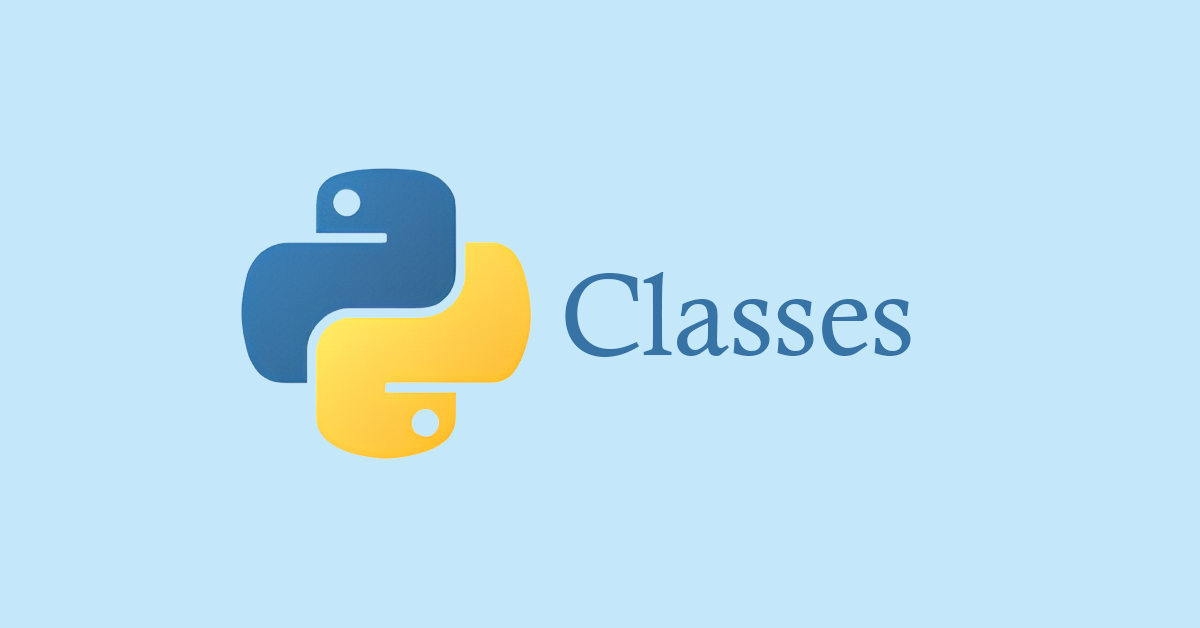Classes are an essential part of object-oriented programming. Python also supports object-oriented programming (OOP).In this article, we will discuss python classes.
Let’s understand the definition of class.
The central concept of OOP is to divide software into small, individual, and interacting objects. These objects have their own properties (also called data members) and methods (also called member functions).
A class is a blueprint for an object, and it defines the properties and methods of an object.
The object is an instance of the class.
Python Classes
In Python, a class is a blueprint for an object. It defines the properties and methods of the object and serves as a template for creating objects (also known as instances) of that class. A class defines a new data type, and you can use it to create as many objects as you need.
A Python class is defined using the class keyword, followed by the name of the class. The class definition usually contains a constructor method (__init__), which is used to initialize the state of the object when it is created, as well as other methods (functions) that define the behavior of the object. Here is an example of a simple Python class:
class Person:
def __init__(self, name, age):
self.name = name
self.age = age
def display(self):
print(f"Name : {self.name}")
print(f"Age : {self.age}")
The class Person has two properties name, age, and one member function (display). To display a person’s details we can use display method in the class.
We can create an instance of the Person class(Object) as shown below
person = Person("Tom", 25)
Here person is the object of the Person class. We have passed the name and age to its constructor . To call the member function we can simply use the dot (.) operator.
person.display()
Output
Name : Tom
Age : 25Class variables and instance variables are two important concepts related to classes in Python. Instance variables are specific to the instance of the class whereas class variables are unique to the class. The name and age in our Person class are instance variables. Learn all about instance variables and class variables by clicking here.
In conclusion, we can create our own data types using python classes and model real-world objects and concepts. They provide a way to organize and structure code, encapsulate data and behavior, and create objects that share the same class definition. This allows for code reuse and modularity, which can make development and maintenance easier.
